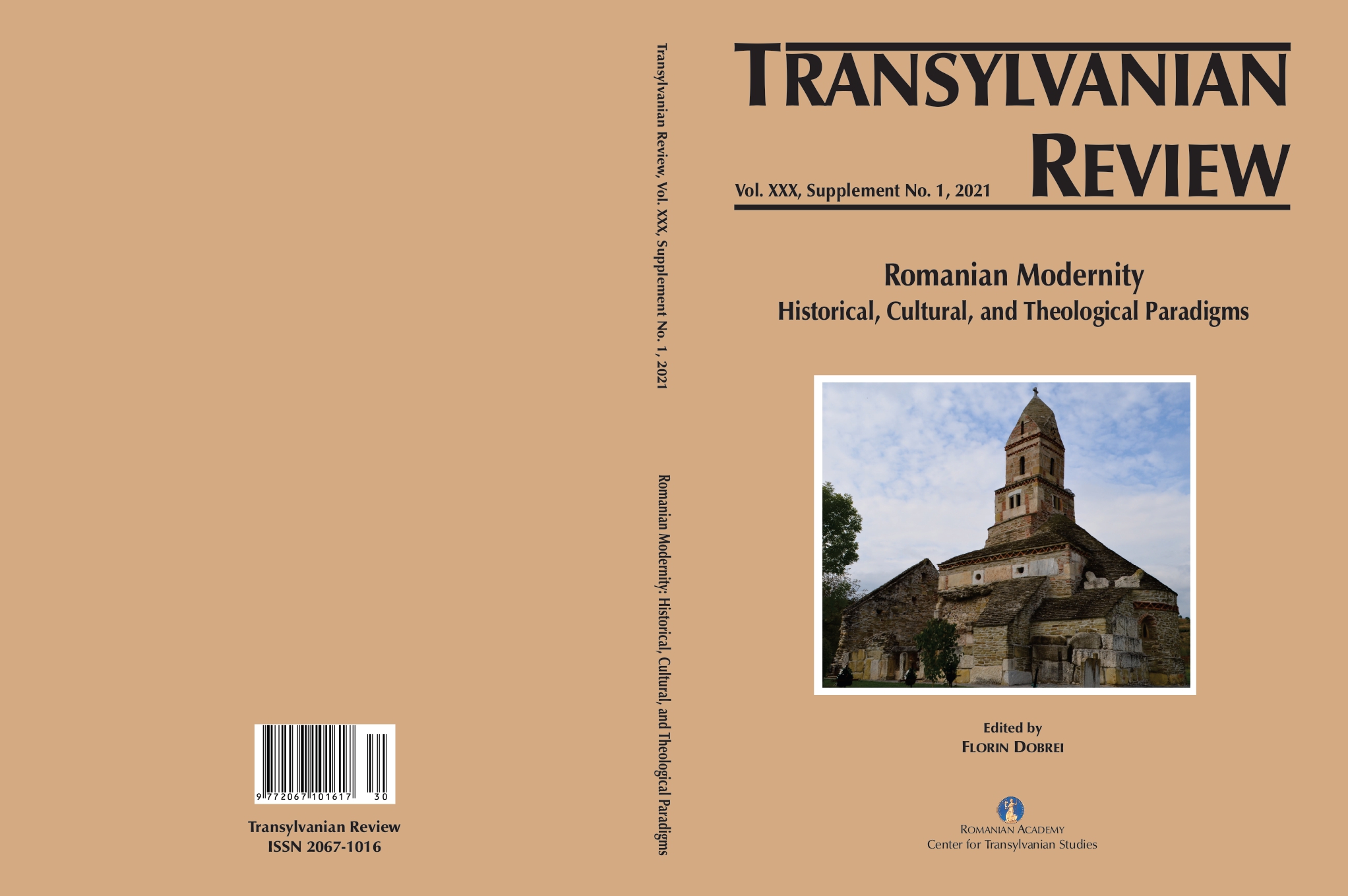The Confessional Landscape of Roma Communities in Post-Socialist Romania
The Confessional Landscape of Roma Communities in Post-Socialist Romania
Author(s): Marin Ilies, Nicolaie Hodor, Gabriela Ilies, Ioana-Julieta Josan, Alexandru IliesSubject(s): Christian Theology and Religion, Social Sciences, Sociology, Transformation Period (1990 - 2010), Other Christian Denominations, Ethnic Minorities Studies
Published by: Academia Română – Centrul de Studii Transilvane
Keywords: ethno-confessional landscape; confessional structure; ethnicity; Roma communities; neo-Protestantism; traditional churches; Romania;
Summary/Abstract: Post-socialist Romania is experiencing increasing religious tolerance, leading to the diversification of religious choices. Gradually, the banned religions were officially recognized, restructuring the confessional landscape with several ethnically-related specificities. Therefore, the aim of this study is to analyze the evolution and features of the Roma communities in Romania, in order to outline the spatial distribution of ethno-confessional groups. Data provided by the official censuses from 1992, 2002 and 2011, processed using spatial analysis at county level, show a certain adherence of Roma communities to the newer churches (especially neo-Protestant rites such as Pentecostal, Baptist, Adventist), alongside the traditional ones (Orthodox, Catholic, Muslim, Protestant), outlining a confessional landscape with a specific social, cultural and demographic behavior.
Journal: Transylvanian Review
- Issue Year: XXX/2021
- Issue No: Suppl. 1
- Page Range: 269-284
- Page Count: 16
- Language: English

